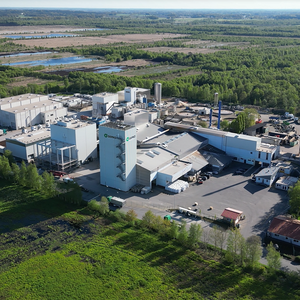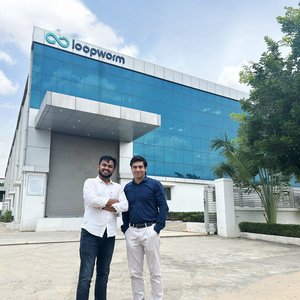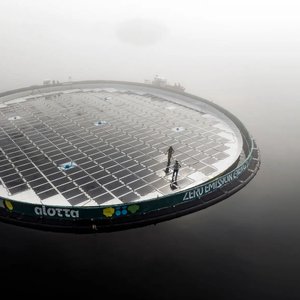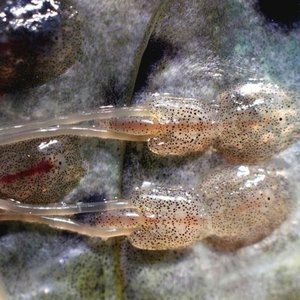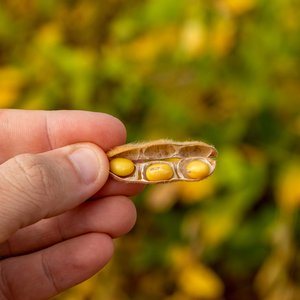South Dakota State University aquaculture research shows SPC can provide high-performance perch feed.
“In human food production realm, fish production provides another option to utilize South Dakota’s agricultural resources for economic development,” said professor Michael Brown, a scientist in SDSU’s Department of Natural Resource Management. Brown’s latest work finds that some diets using soy protein concentrates (SPC) perform as well as fishmeal-based diets.
Brown uses soybean meal, soy protein concentrates, and corn-based, dry distillers grains with solubles (DDGS) as primary ingredients in his experimental fish diets.
“The latest trials we’ve completed have compared SPC as fishmeal replacers in feeds for rainbow trout and yellow perch. We’ve done these trials with and without amino acid supplements to determine the effects on growth performance, fillet composition and other basic metrics that we use to determine how well a feed is performing,” Brown said. “Recently some of the SPC and DDGS diets that we’ve tested have yielded even better growth than what we saw with fish meal and DDGS controls.”
In a yellow perch feeding trial, one of the SPC diets tested without amino acid additions produced lower weight gain (20 percent) than the control diet (60 percent). However, with amino acids, SDSU researchers achieved the same level of growth performance (60 percent weight gain), Brown said. A different SPC product clearly outperformed fishmeal.
“Combined with selected supplements, that product provided a 175 percent weight gain, and without the amino acid supplements, it did just a touch better (80 percent weight gain) than our fishmeal control,” he said. These results reveal some of the variability that exists in SPC products.
There are several SPC products on the market and soybean processing technology will advance to provide others having different composition and nutritive value. Similarly, with changes occurring in the biofuel industry, alterations in the chemical profiles of corn co-products will occur. Brown’s ongoing work explores how well they perform in fish diets.
“In essence, the idea is, how far can we push soybean and corn products and co-products as diet constituents and still maintain or obtain better performance than we do with the marine-derived fishmeal diets.”
Brown said finding alternative, sustainable feeds to commercially raise fish will be critically important in future decades as the population of humans is expected to near the 9 billion mark. Fish are more efficient at converting feed than any land-based livestock, including poultry and swine, their closest competitors in feed conversion efficiency, Brown said.
“When you think about it, it makes sense. You have fish in this aqueous solution, in water. They require less skeletal support — it’s basic physics,” Brown said. “They require less energy to maintain their position in that medium. Even though there’s higher resistance there due to the viscosity, they also tend to move slower and use less energy. They’re also poikilotherms, so they don’t generate their own body heat — that’s less metabolic energy required to cool or heat themselves. These are some of the primary underlying reasons for the conversion efficiency. They simply make more efficient use of their food.”
The South Dakota Soybean Research & Promotion Council has played a key role in supporting Brown’s research. In addition, the U.S. Department of Agriculture has been funding the DDGS research. The South Dakota Agricultural Experiment Station also supports Brown’s aquaculture studies.



